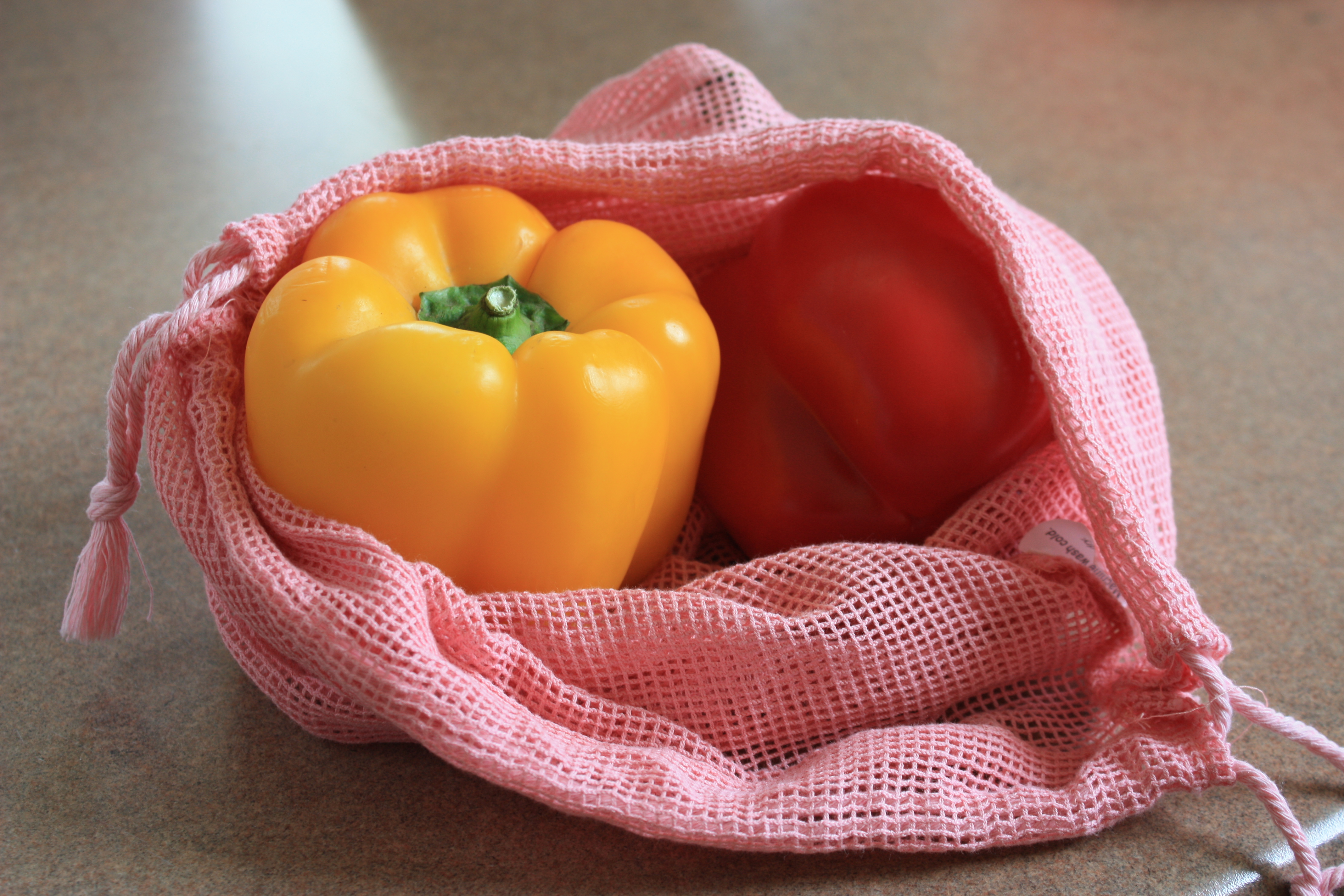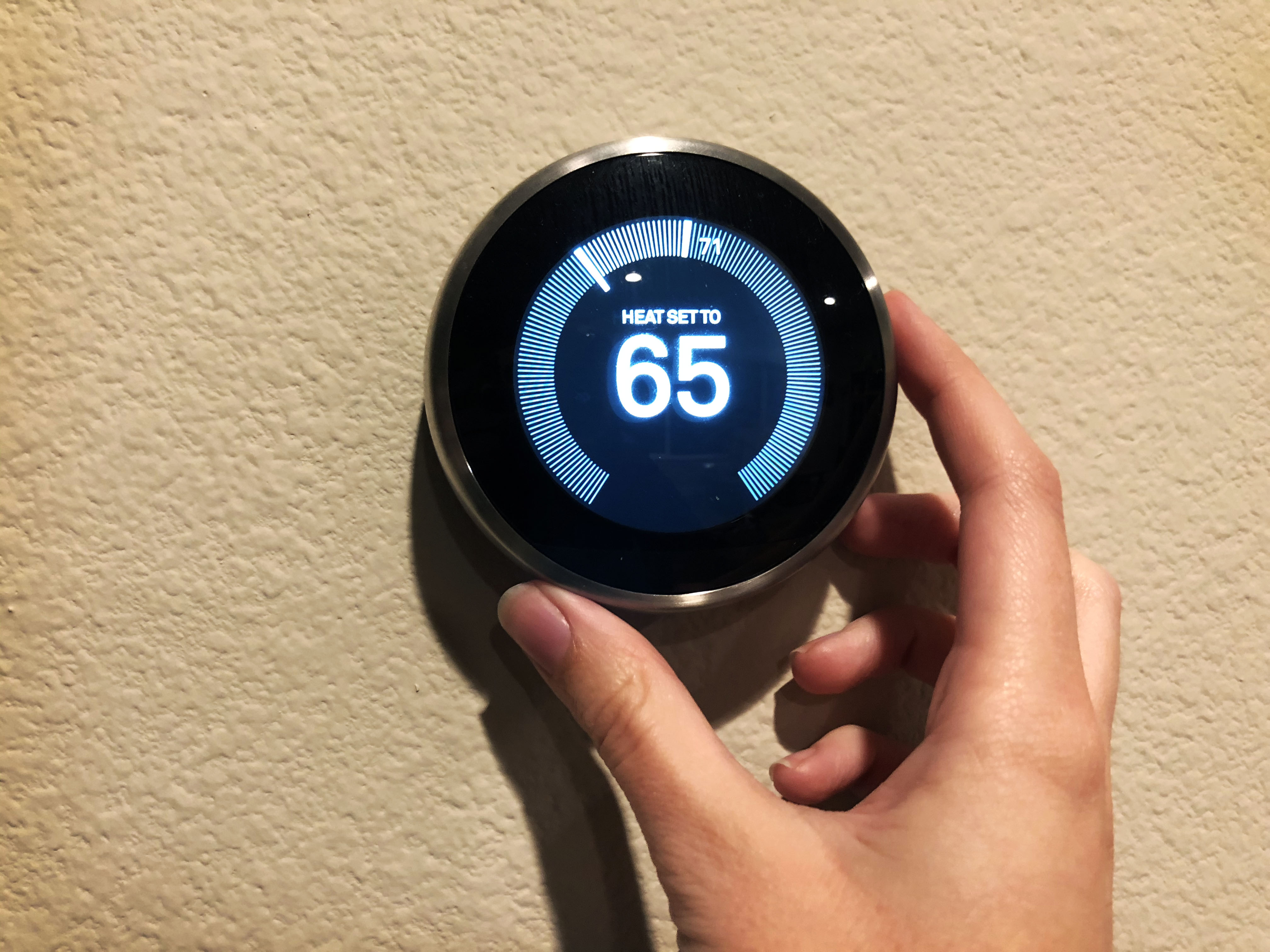March 5, 2025
Written by: Isabelle Jones | Lifestyle Editor
In today’s time, where convenience often takes precedence, the need for sustainable living has never been more urgent. With climate change, resource depletion and pollution on the rise, adopting a more sustainable lifestyle is a crucial step in helping protect our planet for future generations. Living sustainably doesn’t require a drastic overhaul of one’s life, small everyday changes can make a significant impact.
Embrace minimalism and reduce waste — One of the core principles of sustainable living is minimizing waste. In our consumer-driven society, it’s easy to accumulate items we don’t need, contributing to unnecessary waste. Buying less, choosing quality over quantity and thinking critically about our purchases is of the utmost importance. One should opt for reusable items over single-use products. This could be using a stainless-steel water bottle instead of plastic ones or using reusable bags instead of relying on plastic bags. A little effort can significantly cut down on the waste one produces and can make a big difference in the long run.
Support eco-friendly products and brands — Sustainability extends to the products one buys too. As consumers, we have the power to influence companies by choosing to support those that prioritize the environment. Look for items made from sustainable materials like bamboo, organic cotton or recycled products. This also includes choosing brands that are committed to ethical production practices, reducing their carbon footprint and using eco-friendly packaging. Additionally, buying from local sources, such as farmers markets, can help to reduce the environmental impact by minimizing the carbon footprint associated with long-distance transportation.
Energy efficiency at home — One’s home is one of the easiest places to implement sustainability practices. Simple changes can be switching to LED bulbs, unplugging devices when they are not in use and keeping the lights off during the day.
Adopting sustainable eating habits — The food choices we make have a profound effect on the planet. Agriculture, particularly the meat industry, is a major contributor to greenhouse gas emissions, deforestation and water pollution. A way to reduce one’s environmental impact is by incorporating more plant-based meals. This doesn’t mean fully becoming vegetarian or vegan, but reducing one’s consumption of meat and dairy can be helpful in living more sustainably. It is also heart healthy. Supporting sustainable farming practices is another way to make one’s food choices more eco-friendly. Look for certifications like organic, fair trade and pasture-raised, which indicate more environmentally responsible practices.
Transportation: walk, bike and carpool — Transportation is one of the largest sources of greenhouse gas emissions. With such a small campus, walking or biking whenever possible is better for both the environment and for one’s physical health. When driving is necessary, consider carpooling or using public transit. Reducing the number of vehicles on the road helps cut down on air pollution and reduces traffic congestion.
Sustainable living doesn’t require radical changes, but it does require mindfulness. A willingness to make small adjustments has a collectively large impact. It is important to keep in mind that everyone’s situation is different. Some barriers to living sustainably include cost considerations, convenience, misinformation and time constraints. Any step, no matter how small, has the potential for a huge impact on the planet and the animals that occupy its space. The average person does not produce the majority of pollution and harm the environment, but, unfortunately, the responsibility falls on us.
Contact the author at howllifestyle@wou.edu





